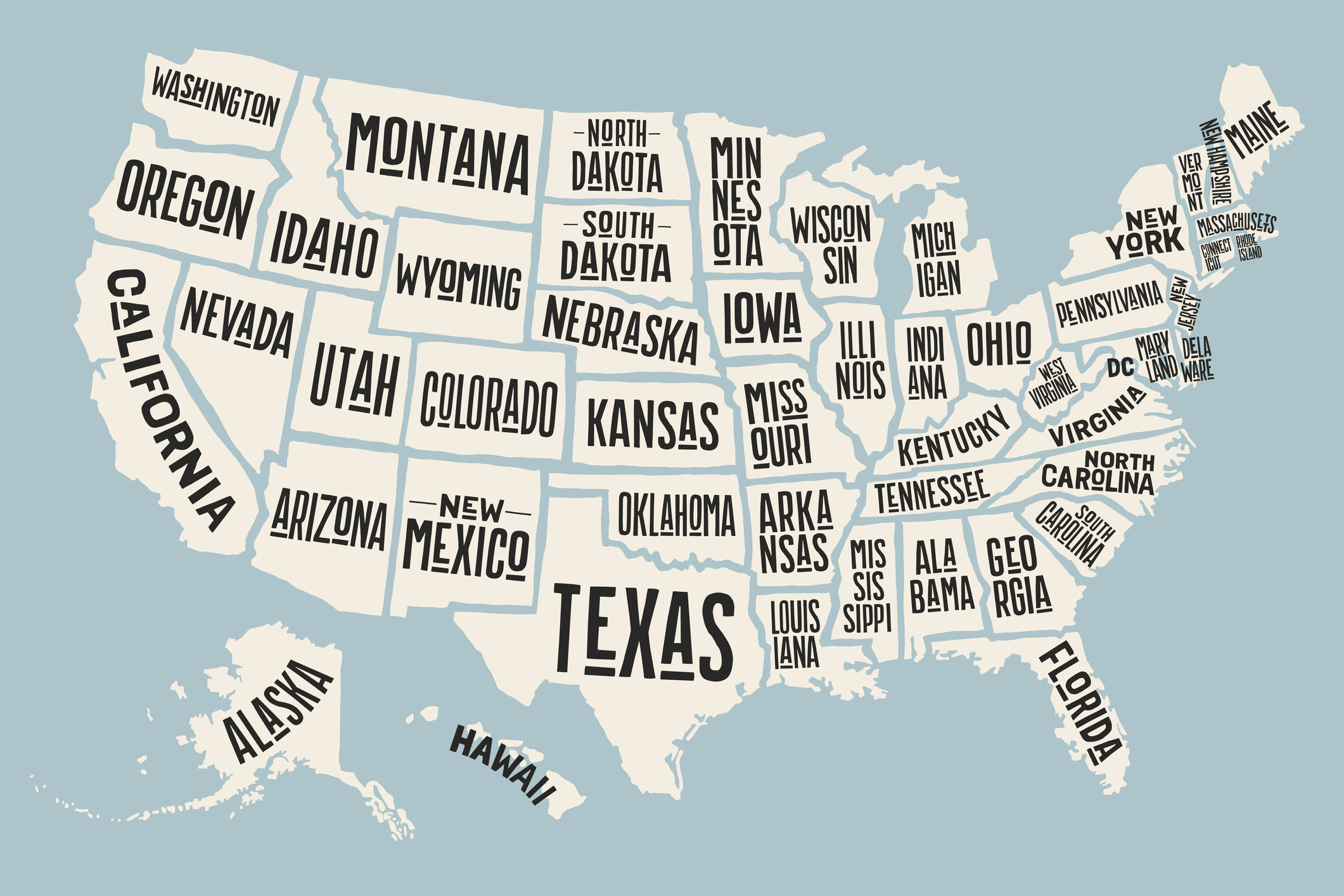Bottom Line: The carbon intensity of U.S. electric power declined between 2016 and 2020. The Energy Information Agency (EIA) recently released data showing that the carbon intensity (amount of CO2 emitted to produce one unit of electricity) of U.S. electric power generation declined by 18% between 2016 and 2020. During this period, 43 states reduced the carbon intensity of the electricity generated within their borders. This decline was the result of more power being produced from natural gas and renewables, and less from coal.
Despite this trend, bulk electric power remains an inefficient way to consume energy, especially for energy intensive applications like space and water heating. And across large swaths of the country, propane still produces significantly fewer carbon emissions than an equivalent amount of electricity from the grid.
To learn more about propane’s eco-friendly attributes as well as the deficiencies of utility-scale power generation, visit the Fight Electrification section on the Member Dashboard. For more information, please contact NPGA’s Jacob Peterson.
Related News

RBN Energy Weekly Supply Update
April 11, 2024
U.S. propane inventories had a slight draw of 105 Mbbl this week, putting propane inventories at 51.7 MMbbl. Total propane stocks are below the sam...

USDA Crop Progress Report
April 11, 2024
The U.S. Department of Agriculture (USDA) report shows corn planting is the same as this time last year and ahead of the four-year average. The Apr...

PEP Recognized Instructor Training Sessions
April 11, 2024
The Propane Education and Research Council (PERC) is offering multiple opportunities for PEP Recognized Instructor Training. Registrants will be as...

